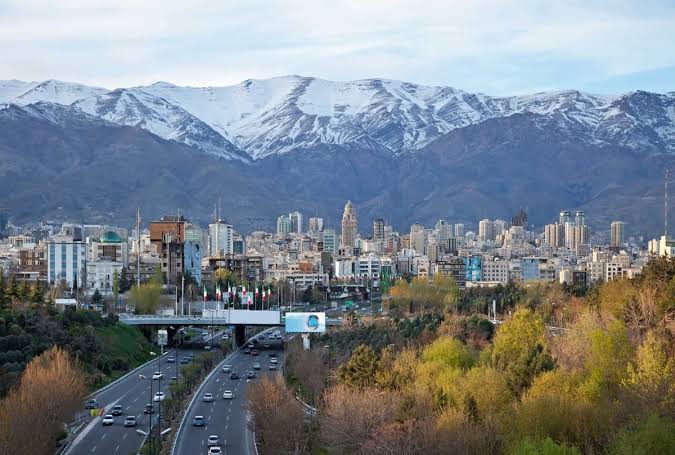Iran has recently announced a significant change in its entry rules, welcoming tourists from 28 countries without the need for a visa. This initiative, set to commence on February 5, aims to stimulate tourism and foster stronger international relations.
The list of countries benefiting from this visa-free entry includes prominent nations such as Saudi Arabia, Qatar, the United Arab Emirates, Japan, Brazil, and India. However, it’s important to note that the visa waiver is applicable exclusively to those arriving in Iran by air, excluding travelers entering through land border crossings.
Indian citizens, in particular, can enjoy visa-free entry when arriving in Iran by airplane. However, those entering through land borders will still be required to obtain visas.
This move is part of Iran’s broader strategy to facilitate tourism and enhance its international standing. Last year, the country lifted visa requirements for citizens from 33 nations, signaling a positive shift in its diplomatic relationships, notably with Gulf countries like Saudi Arabia.
The recent warming of diplomatic ties between Iran and Saudi Arabia, facilitated by China’s mediation, has further solidified this positive trend. As a result, citizens from Saudi Arabia, the UAE, Qatar, and Bahrain will also benefit from visa exemption, aligning with the ongoing efforts to strengthen diplomatic relations.
Iran has actively worked to boost tourism, extending visa-free entry to citizens from Türkiye, Azerbaijan, Oman, China, Armenia, Lebanon, and Syria. The Ministry of Tourism’s proposal in 2022 to abolish visa requirements for passport holders from a total of 68 countries reflects the government’s commitment to streamlining travel and promoting tourism.
Looking ahead, there are indications that Iran might expand the list of countries enjoying visa-free travel, with potential additions including Argentina, South Africa, Jordan, Uruguay, and more. The criteria for inclusion may consider population size and income per capita.


